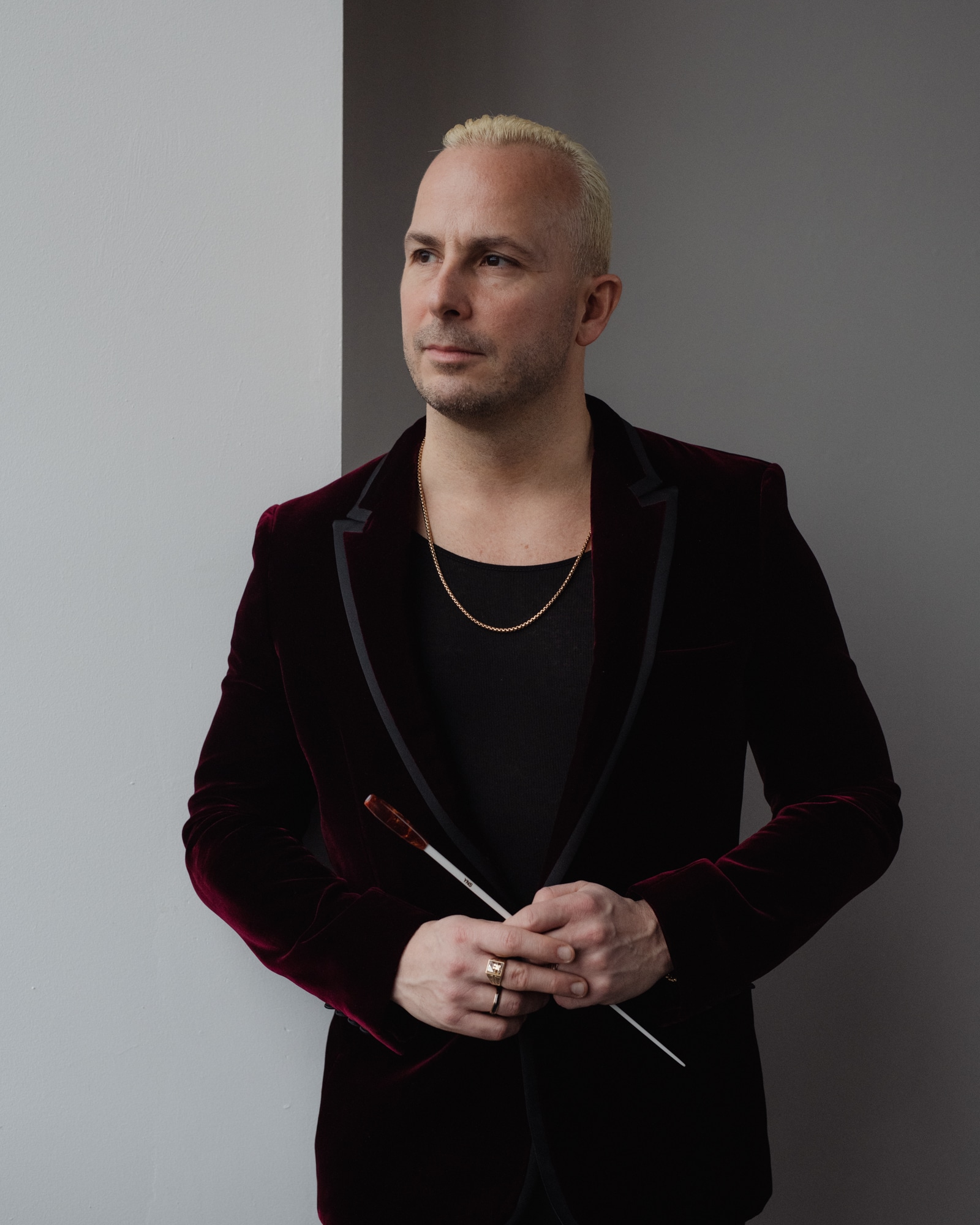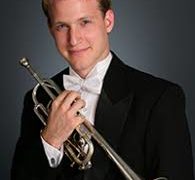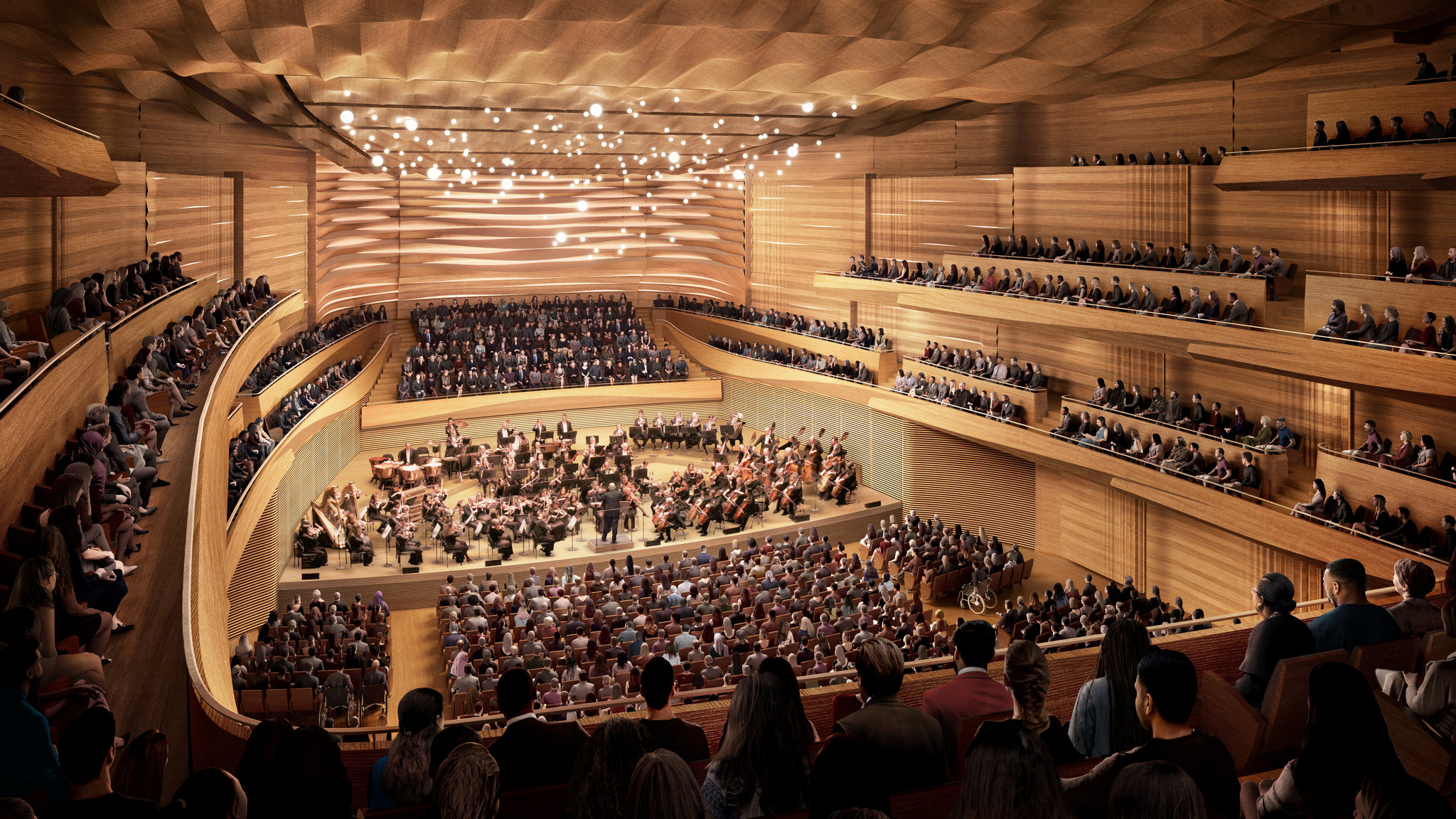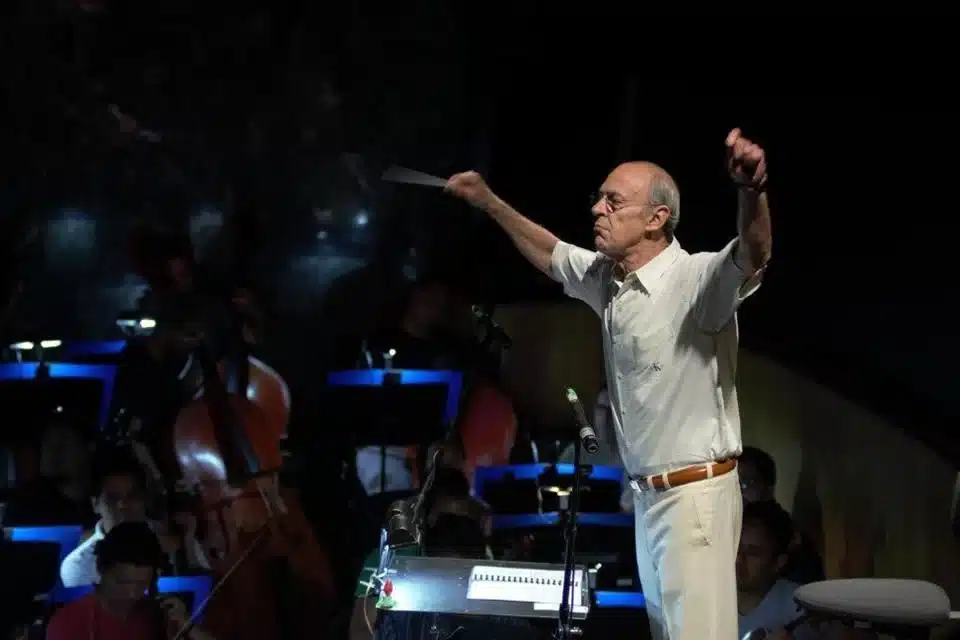Sir Edward Elgar conducts a royal occasion
News‘Please play this tune as though you’ve never heard it before.’

‘Please play this tune as though you’ve never heard it before.’
He is already music director of the Metropolitan…

The Taipei Music Academy and Festival has sacked…

Two players have been suspended while the board…

The late Rafael Kubelik, suffering heart tremors while…

Session expired
Please log in again. The login page will open in a new tab. After logging in you can close it and return to this page.
Can’t stand it – my old school song which we were made to sing at every opportunity!
Here, it did sound like a tune never heard before! With the grand English of his time, as a
fitting introduction. Thank you.
Heard often, yet very moving here, in his crisp direction. Thank you for this rare treat.
Wonderful!
Thank you very much for posting this! Happy birthday in heaven Sir Edward William Elgar!
History not to be forgotten and thus it makes sense of the present and future. Thanks for sharing, Norman, at this weekend of great celebration.
What was the occasion? Arguably the royalty in this context is Elgar himself.
The official opening of Abbey Road Studios, 12/11/31. After the Pathe recording that day I believe they went on to record Falstaff.
As Elgar approaches the podium he hands his coat to Dick Mountford. Mountford was the composer’s Valet and Chaffeur – Elgar orchestrated proceedings so that Mountford would be in camera shot – a very touching thought of recognition on Elgar’s part.
Note Billy Reed leading the orchestra – one of Elgar’s close and long standing friends.
Elgar had a natural curiosity with life in general and was very interested in technology – hence he was prepared to cut his Violin Concerto to 12 minutes in length (for the 1916 Marie Hall recording, before the introduction of the electric microphone) at a time when many artists were suspicious of the recording process.
This was filmed a little over 90 years ago – how the world of music has changed beyond recognition in that time.
Hmmm…. interesting (meaningful?) to see that after 2 days there isn’t even one comment on this.
Think Norman was celebrating with the rest of us, so a bit behind with his website admin!
There are a lot of interesting things hear apart from the obvious:
1. The deference shown to Sir Edward. Some conductors still get welcoming applause – but never, ever, a respectful stand!
2. The fact that the double basses seem to be re-enforced by a double bassoon.
3. The 1st horn (Aubrey Thonger I think – it doesn’t look like Aubrey Brain or Charles Gregory) is sitting on the outside of the section with the 2nd horn (Victor Penn) and then the rest of his team (3rd horn Francis Bradley – born Francis Borsdorf and son of the great Adolf Borsdorf – who changed his name by deed-poll after the family home was stoned by a mob in WW1
– to his left. This was so that the 1st horn’s bell was free of obstruction by the 2nd horn and was common in Britain at that time.
4. And of course true French horns (‘peashooters’ to modern players) and narrow bore brass.
5. When I started at Abbey Road Studios in 1962, there were several grand old men still working there, survivors from a past era. One of those was Dougie Larter, the technician seen here at the beginning of the recording, starting the disc-cutting machine. I spoke to him often about his memories of ‘the old days’, but never knew he was at this historic recording.
6. The portrait of ‘Nipper’ at the back of the stage is still displayed in the entrance foyer of Abbey Road.
Excellent notes, thank you!
I’ve never seen him on film before. Thanks.